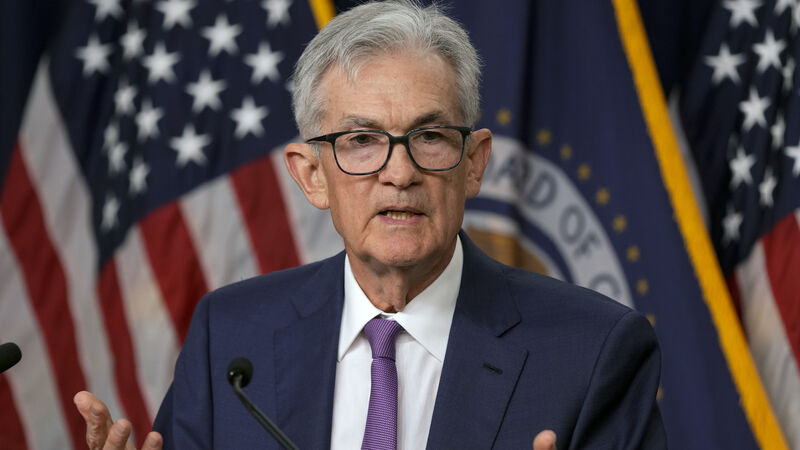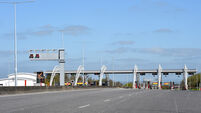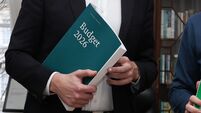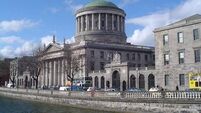David McNamara: US caution v Eurozone stability at the latest central bank meetings

Federal Reserve Board Chair Jerome Powell stated that a December rate cut was “not a forgone conclusion…far from it”. File photo: AP/Susan Walsh
The latest round of central bank meetings last week yielded a few surprises. Notably, the outlook for the US Federal Reserve is now more uncertain, as Chair Jerome Powell raised the bar for further near-term rate cuts.
The Fed meeting saw the central bank cut interest rates by 25bps to 3.75-4.00%. The Fed has now cut by 50bps this year and reduced rates by 150bps since it started to ease policy in September 2024.
The decision to cut rates by 25bps was in line with market expectations, but it was not unanimous. Recent Trump appointee Governor Miran continued to vote for a 50bps reduction in rates, while another preferred to leave rates unchanged.
However, the post-meeting press conference saw Powell surprise markets by leaving the door open to a potential ‘hold’ at the final FOMC meeting of the year on December 10. He stated that a December rate cut was “not a forgone conclusion…far from it”.
While Powell noted uncertainty on the outlook, the protracted government shutdown may also be a factor in the unexpectedly cautious guidance for a December cut.
Meanwhile, the Fed also announced it will end its quantitative tightening programme on December 1. This follows a period of policy debate about the optimal size of the Fed’s balance sheet, which is currently at $6.6trn, down from nearly $9trn at the post-covid peak.
There have been signs of stress in US money markets as liquidity has been drained from the system, which may have spurred the Fed to announce the QT decision now rather than wait until the end of the year.
Elsewhere, the October ECB meeting saw it keep interest rates on hold for a third successive meeting. The deposit and refi rates were maintained at 2.00% and 2.15%, respectively, very much in line with market expectations.
Furthermore, the decision to keep the policy on hold had “absolute unanimity” amongst the committee. The ECB statement remained short and continued to offer little in the way of new guidance.
The decision to keep policy on hold was against the backdrop of inflation remaining “close to our 2% medium-term target” and the ECB’s assessment of the inflation outlook being “broadly unchanged”.
The ECB also noted that the “economy has continued to grow despite the challenging global environment”, while at the same time acknowledging that the outlook remains uncertain. The overarching message remains that monetary policy is “in a good place” in the Eurozone.
This week, the monetary policy spotlight will shift to the Bank of England. At each meeting, which has coincided with a Monetary Policy Report (MPR) this year, the BoE has cut rates.
However, the BoE is expected to break this trend this week and leave the bank rate at 4.00%.
It should be noted, though, that market rate expectations have fallen in recent weeks on the back of lower-than-anticipated inflation data. Current pricing indicates that markets see around a 35% chance that the BoE lowers rates by 25bps this week.
- David McNamara is Chief Economist with AIB












